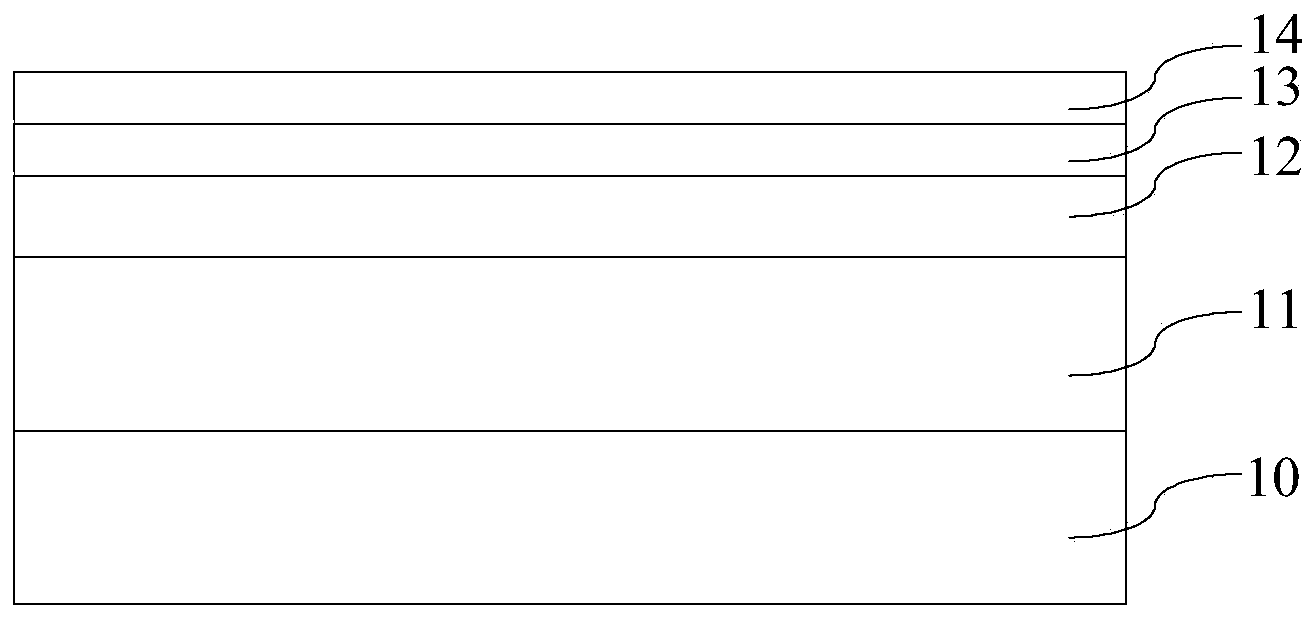Method for forming magnetic sensor
A magnetic sensor and magnetic material technology, applied in the field of semiconductors, can solve the problem of low relative change rate of anisotropic magnetoresistance, and achieve the effect of increasing the relative change rate
- Summary
- Abstract
- Description
- Claims
- Application Information
AI Technical Summary
Problems solved by technology
Method used
Image
Examples
Embodiment Construction
[0028] After research and discovery, the reasons for the low relative rate of change of the anisotropic magnetoresistance of the magnetic inductor formed by the method of the prior art are as follows:
[0029] If a voltage is applied to the subsequently formed magnetic inductor, ideally, the induced current should pass entirely through the nickel-iron layer. In this way, the tantalum nitride layer in contact with the nickel-iron layer will not partly induce current, and the induction signal passing through the nickel-iron layer will not be shunted. Therefore, the subsequently formed magnetic sensor will have a relatively high anisotropic magnetoresistance rate of change. However, in the prior art, referring to figure 2 , if a voltage is applied to the magnetic inductor formed subsequently, part of the induced current will flow through the tantalum nitride layer 14 in contact with the nickel-iron layer 13, so that the induced signal by the nickel-iron layer 13 will be absorbe...
PUM
| Property | Measurement | Unit |
|---|---|---|
| thickness | aaaaa | aaaaa |
| thickness | aaaaa | aaaaa |
| thickness | aaaaa | aaaaa |
Abstract
Description
Claims
Application Information
 Login to View More
Login to View More - Generate Ideas
- Intellectual Property
- Life Sciences
- Materials
- Tech Scout
- Unparalleled Data Quality
- Higher Quality Content
- 60% Fewer Hallucinations
Browse by: Latest US Patents, China's latest patents, Technical Efficacy Thesaurus, Application Domain, Technology Topic, Popular Technical Reports.
© 2025 PatSnap. All rights reserved.Legal|Privacy policy|Modern Slavery Act Transparency Statement|Sitemap|About US| Contact US: help@patsnap.com



